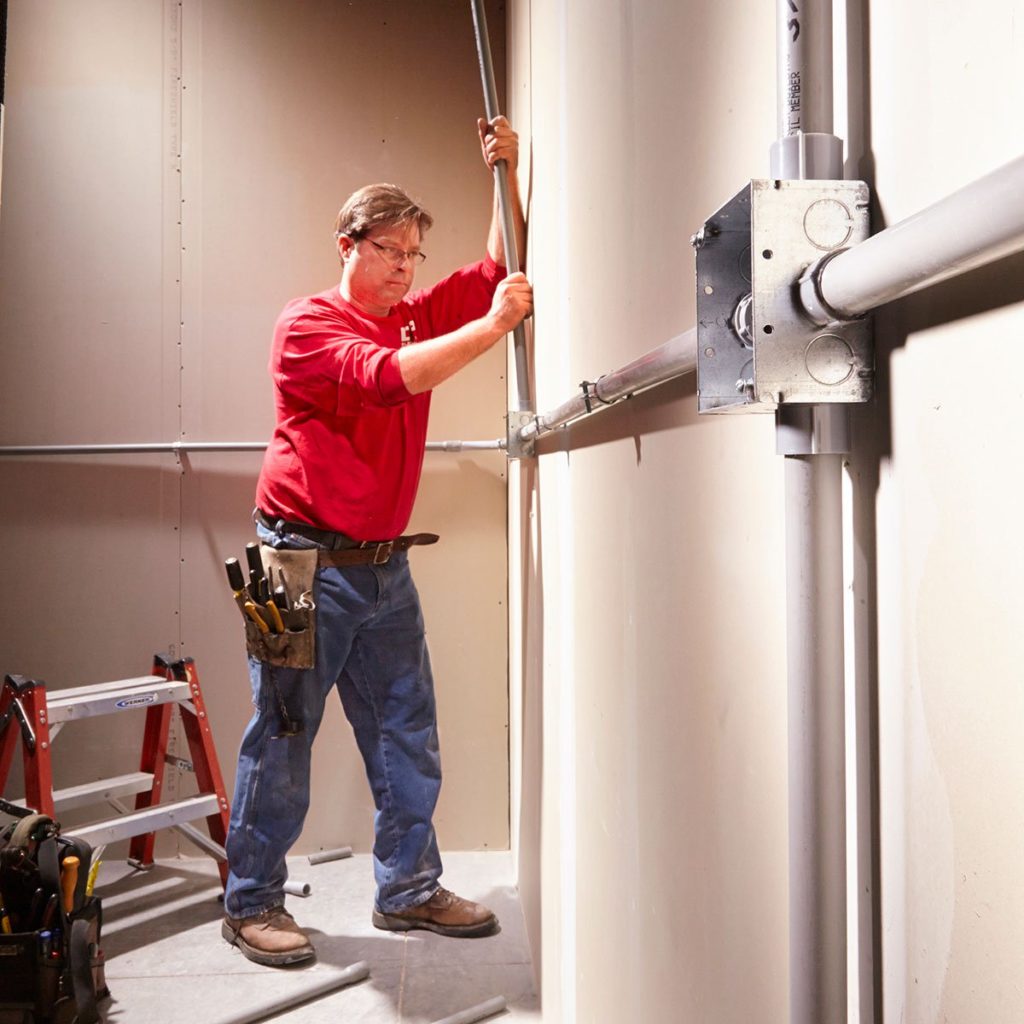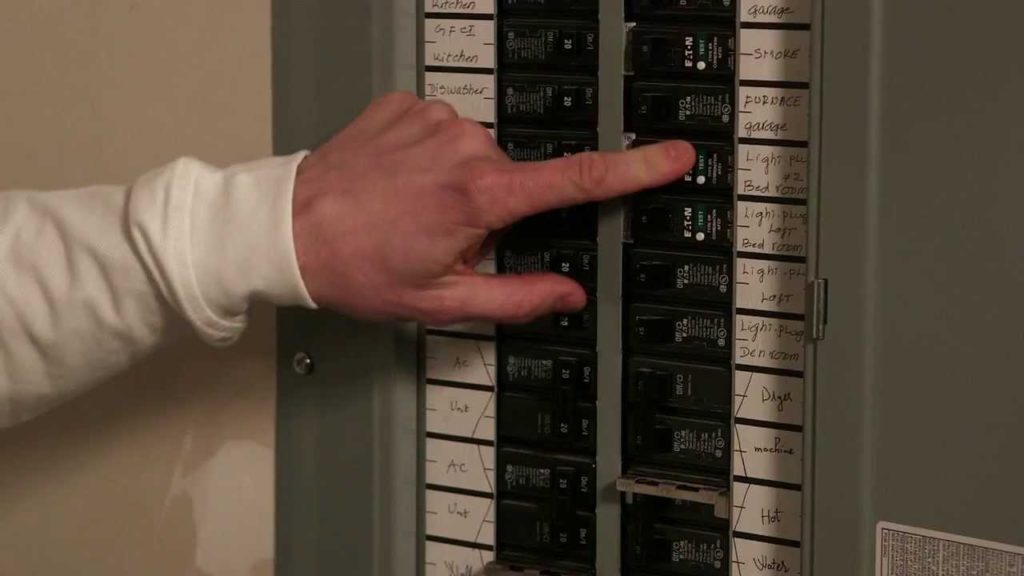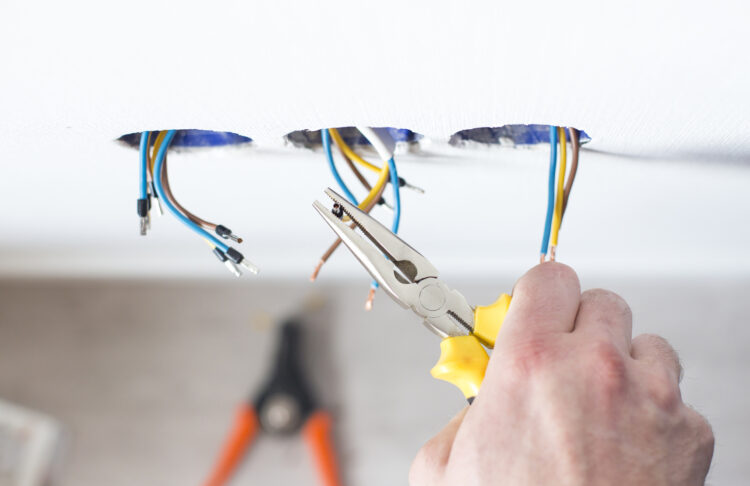The electrical system in your home is a complex system and by knowing how it works will help you with some problems that might occur in the future. Of course, some areas of your home will require you to hire a professional, however, you can still do some minor jobs around your home without the help of a licensed electrician. Here are some steps to follow when you are wiring your home:
Table of Contents
1. Design a wiring diagram
You should design a diagram that will show you the location of the breaker box and you should know the path of the wires that go to each power outlet.
2. Install conduits

You should start by running the longest wires first in order to avoid wastage conduits in the wall, even if you do not plan on using them right away. You should start each of the wires upstairs and pull them through to the basement.
By doing so, you will not need a ladder to push the wires between the floors of your home. Keep in mind that you should also leave at least one foot of extra wire end just in case you need to move them later on.
3. Know the outlet count
You should determine how many switches and outlets will run on one specific circuit. Usually, six outlets per 110-voltage circuit are advisable in the living area, while two per circuit are common in the kitchen areas since the appliances will use more wattage.
4. Drill the wire holes
Before you start drilling holes, you will want to make sure what is on the other side of the floor or wall in order to avoid drilling through any ductwork, water pipes, or electrical wires. Proceed by drilling holes with a 1-inch bit in the middle of the studs where the wires will go through.
Keep in mind that the more outlets you have, the safer your home will be. You might need to use some grommets to keep the wires from being damaged, and if you want to check out some models, you can click here.
5. Set a breaker box

You should set the breaker box at a place that will be easily accessible in the future. You can consider it installing it in the basement or a utility room.
6. Pull the wires to the outlets
The wire roll should be placed next to the breaker box and pull the wires according to your diagram plan to the closest switch or outlet for each circuit. You should also run the wires straight through the breaker box. If any wires are sticking out of the breaker box, you might get drywall over it or you can get them cut from the electrical box.
7. Install the circuits
You should install individual circuits for each wiring set. Keep in mind that the circuits need to match the right amperage of the wire and the intended purpose of the specific outlet.
Conclusion
If you follow these steps, you will be able to properly install the wiring in your home without the help of a professional electrician.
